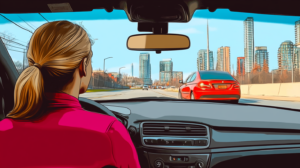How to Get A Driver’s Licence in Ontario [Classification Guide]
More help for you

Preparing for your G1 Test? Sure you can study the manual, but it doesn’t give you a pass guarantee. We do. Pass using our fast and efficient method, or your Premium membership is free.
Discover PremiumThe most fundamental licence that all drivers must attain is the G-class licence. It is the main qualification required to legally drive a car, van or small truck. You need this licence before you can be licensed to drive any other vehicles, with the exception of motorcycles. Once you pass the 3-step G-class graduated licence process, you will be a qualified, independent driver! If you also need additional licensing for commercial vehicles, you will still need to have your G licence.
So You Want to Drive …
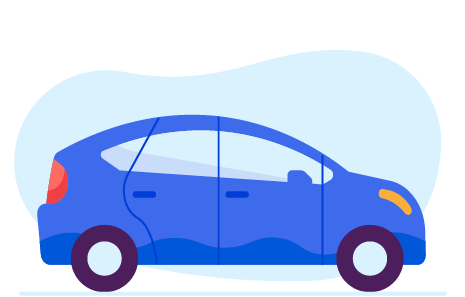 Personal Vehicle
Personal Vehicle 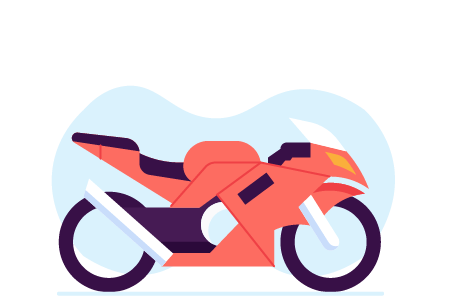 Motorcycle
Motorcycle 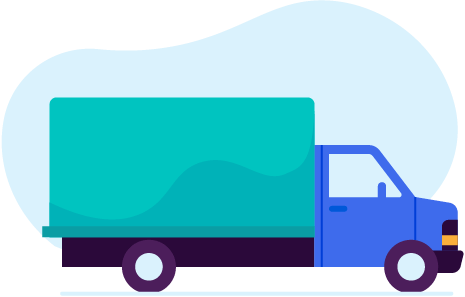 Work Vehicle
Work VehicleClass G
As mentioned above, in order to drive any other type of vehicle in classes A-F, you will need to first earn your G-class licence. This is the most important class! Once you’ve made it through the G-class graduated licensing process, you will be able to drive any personal vehicle of choice like a car, minivan or small truck, or a combination of vehicle and towed vehicle that does not exceed 100,000 kilograms.
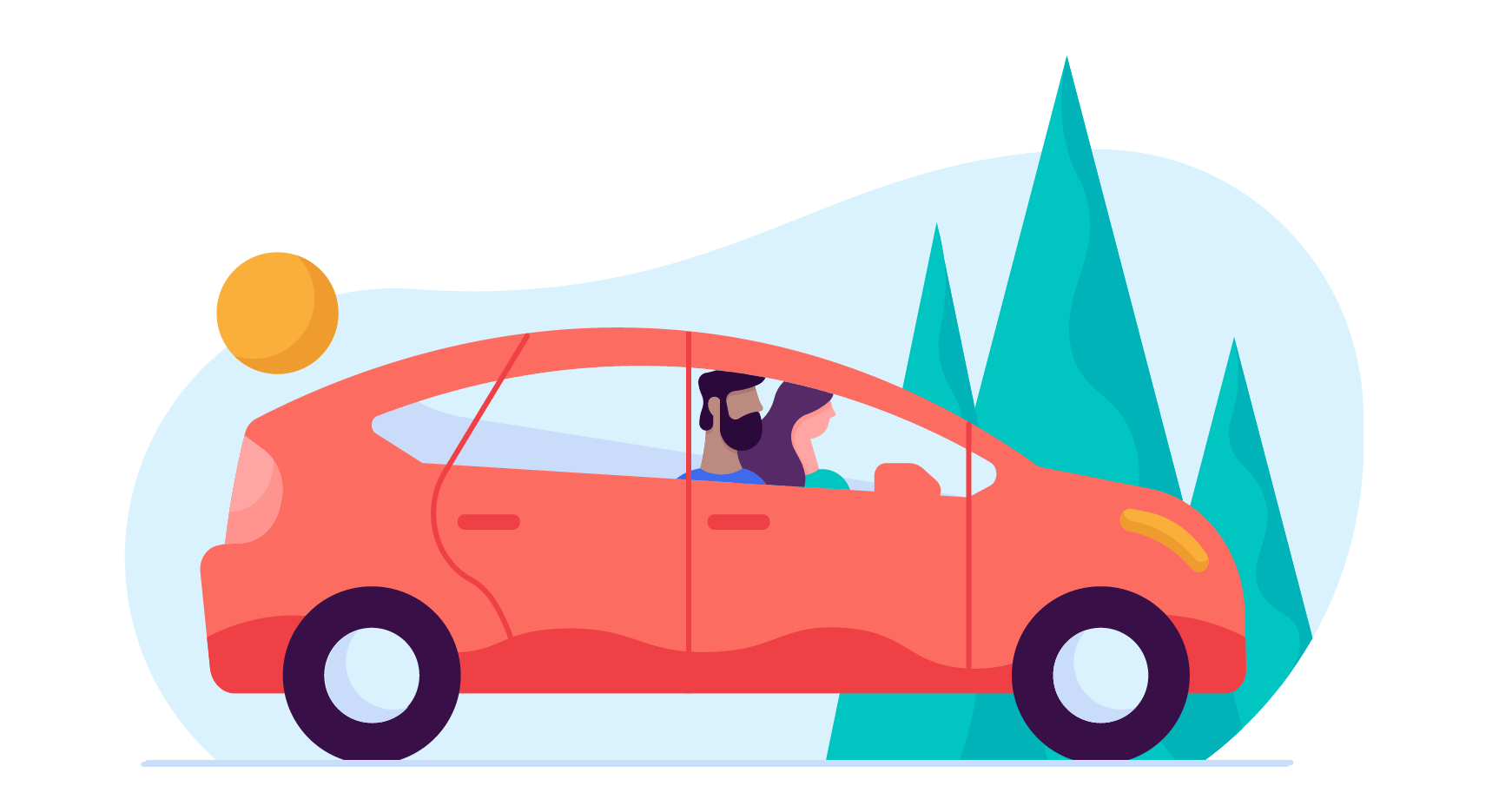
G1
The G1 is the first step of the G class graduated licensing process. Drivers at this stage can only drive under the supervision of a fully licensed driver who has at least 4 years of driving experience. This is like the learner’s permit stage.
What You’ll Need:
- Study for knowledge test
- Pay fees to apply for a licence
- Pay fees to take the written and road test (this includes the cost to take your G2 test)
- Take the G1 written and road test
- Practice for the next year or 8 months of a training program before taking the G2
Conditions:

- Must be accompanied by full G licensed driver
- Zero blood alcohol
- No cannabis
- No driving between 12 am -- 5 am
- No driving on 400 highways
- Only permitted to drive G-class vehicles
G2
Level 2 of the G class graduated licensing allows you to drive with no supervision. Having this licence will give you a taste of the independence that comes when driving solo. You will need to have your G2 licence for a minimum of one year before taking the exit exam.This is an independent stage with less restrictions than the G1.
What You’ll Need:
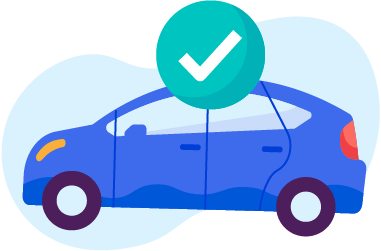
- A G1 licence for at least one year or 8 months of a training program
- A car free of defects
- Take the G2 road test
Conditions:
- Zero blood alcohol Drivers 19 and Under:
- Must only drive with one 19 or under passenger from 12 am -- 5 am for first 6 months
- After the first 6 months, may drive with up to three passengers 19 or under from 12 am -- 5 am
Class M
If you’re interested in starting off with driving a motorcycle, moped, or a limited-speed motor vehicle (like a motorscooter), then you don’t need to have your G licence first. Technically, you can still drive a G-class vehicle, but only with the conditions of a G1 driver — so you’d need to drive with a passenger who is fully licensed and has four years of driving experience.
The most common, full-speed motorcycle will require that you have M1 and M2 licence types, while mopeds and limited speed cycles will require an M-class with condition L — we’ll cover those later in a more detailed post. Once you’ve passed both M1 and M2 graduated licences, you’ll be a full M licensed driver.
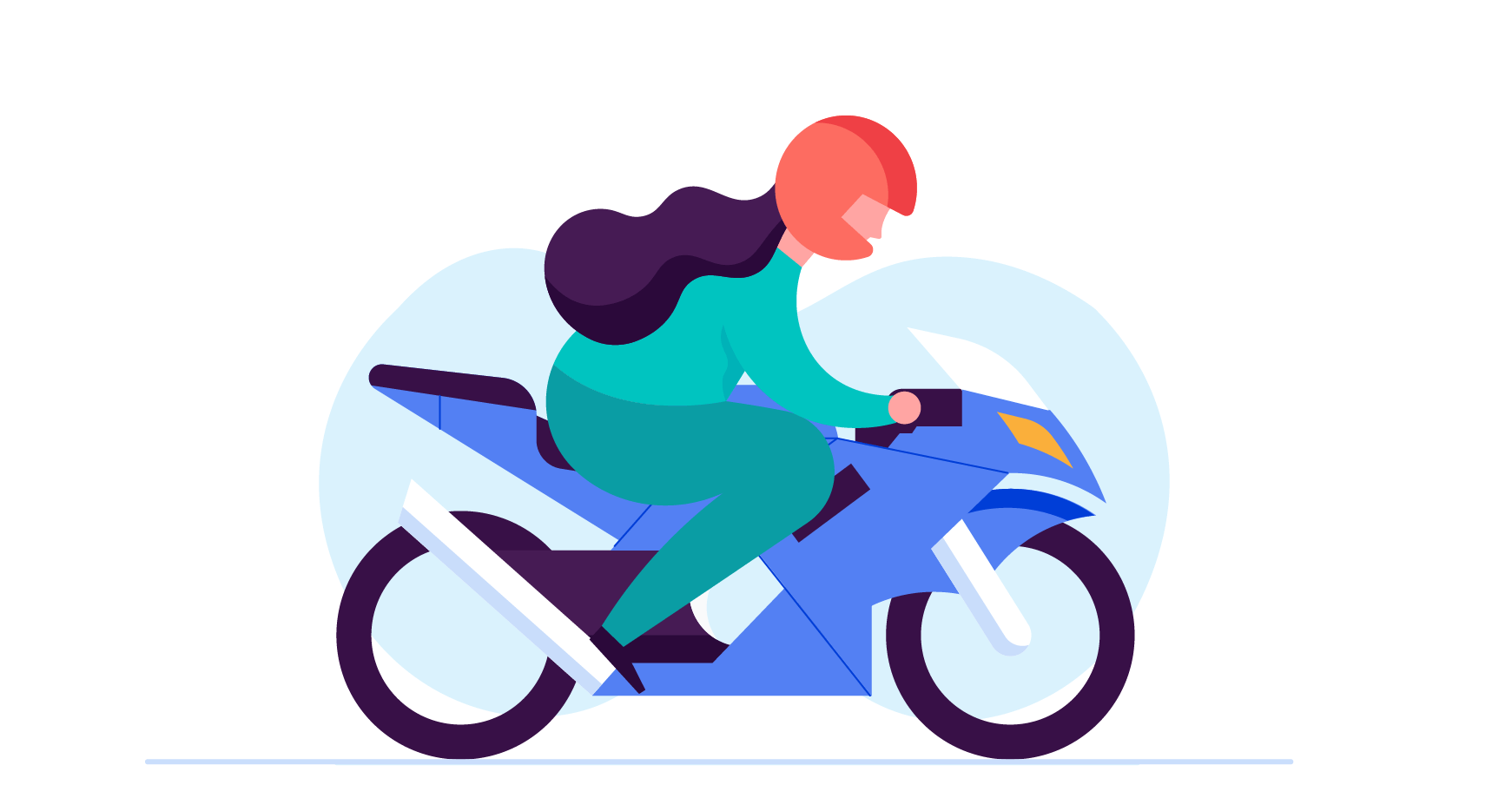
M1
Riders at the M1 stage are essentially driving for practice and learning purposes. This licence is only valid for 90 days before it expires, which means that after about 60 days or-so of practice, you’ll want to promptly schedule your road test.
What You’ll Need:

- Study for knowledge/written test
- Pay fees to apply for the licence
- Pay fees to take the written and road test
- Pass the M1 knowledge/written test
- Take the road test after 60 days
Conditions:
- Zero blood alcohol
- Ride only during daylight hours
- Only drive alone
- Must not ride on any 400-series highways
M2
At the M2 level of the motorcycle graduated licensing process, riders can now ride at night and on any road. After 22 months, M2 drivers can take the second road test, so it is best at this point to have their own motorcycle or motor vehicle that they are comfortable with.
Upon passing this second road test, the driver will have a full M Ontario motorcycle licence. Drivers can also forgo the M1 road test and move straight to M2 licence if they’ve opted for a motorcycle safety course.
What You’ll Need:
- An M1 licence for at least 60 days
- Take the second road test after 22 months
Conditions:
- Zero blood alcohol
Commercial Classes
These vehicle classifications are mostly needed for working vehicles like busses, large towing trucks, or tractors. We’ll go over these in more detail in another post, but will mention what type of vehicle can be driven with each specific licence class, below:
- Class A — Allows for driving of any tractor/trailer combinations including towed vehicles more than 4,600 kg. Drivers may also drive class D and G vehicles.
- Class B — Allows for driving of any school bus. Drivers may also drive class C,D,E,F, and G vehicles.
- Class C — Allows for driving of any non-school bus, like a charter. Drivers may also drive class D, F, and G vehicles.
- Class D — Allows for driving of heavy trucks exceeding 11,000 kg and/or tractor/trailer combinations with the towed vehicle weighing less than 4,600 kg. This excludes buses with passengers. Drivers may also drive class G vehicles.
- Class E — Allows for driving of any short school buses with a maximum capacity of 24 passengers. Drivers may also drive class F and G vehicles.
- Class F — Allows for driving of any short, non-school buses and/or ambulances. They must not exceed a maximum capacity of 24 passengers. Drivers may also drive class G vehicles.
How to apply
To apply for a licence, you should be prepared with all necessary paperwork and money to pay your fees. You’ll need proof of your legal name, date of birth and signature. Once this is all approved, you will be asked to pay a fee upon applying, which includes the cost for the knowledge test, first road test and a five-year licensing fee.
Expect more charges to come up at the time of your second road test and any retests that you may need. Please keep in mind that photocopies and expired documents will likely not be accepted!
G Licence:
- 16 years or older
- Proof of identification
- Money for fees
- A reliable car
- Must pass an eye exam
- Must pass written knowledge test
M Licence:
- 16 year or older
- Proof of identification
- Money for fees
- A reliable motorcycle, moped, vespa, or limited-speed vehicle
- Must pass an eye exam
- Must pass written knowledge test
Conclusion
Applying for your Ontario driver’s licence is no easy feat. It takes time, persistence, dedication and money, no matter if you choose to apply for a G licence or an M licence. Each licence is a three-step graduating process, so you must pass each step to get the full G or M licence. In the beginning there will be restrictions and moving on to the next step can take some time, but this is all done to ensure that each driver is trained and qualified to operate a vehicle. It’s time to get practicing!

